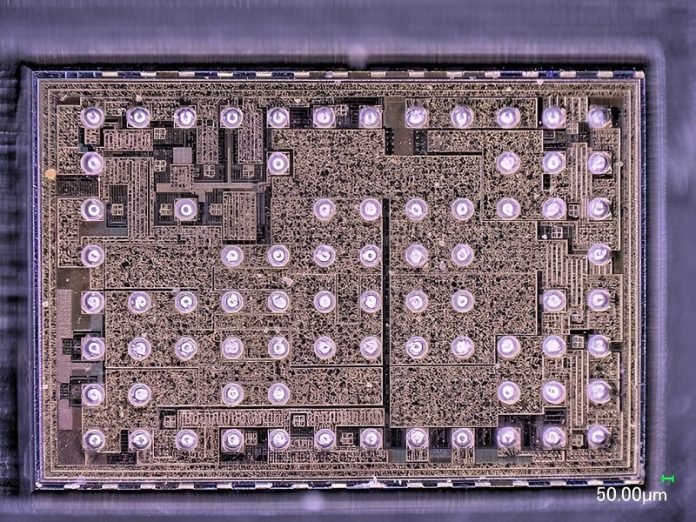
In a significant advancement, researchers from the University of California San Diego and CEA-Leti in France have created a tiny yet mighty power converter.
This new device could change how we power everything from smartphones and laptops to data centers and virtual reality headsets.
Unlike the large, bulky converters of the past, this innovative technology is not only smaller but also much more efficient, thanks to its use of vibrations.
Presented at the ISSCC 2024 conference in San Francisco on February 20, their groundbreaking work introduces a device known as the Dual-side Series/Parallel Piezoelectric Resonator (DSPPR) converter. This converter marks a major leap forward, achieving up to 310% improvement in reducing energy loss compared to previous technologies.
So, what makes this converter so special? For starters, it cleverly combines piezoelectric (vibration energy) converters with capacitive (storage device) converters. This blend allows for a more compact design that can perform power conversion more efficiently, especially for devices that need a low voltage.
The secret sauce of the DSPPR converter lies in its ability to bring all necessary power switches onto a single chip. This not only shrinks the device’s size but also improves its performance by allowing for more precise control of power phases.
Furthermore, by integrating extra capacitive stages before and after the main piezoelectric converter, the device achieves even better results without significantly increasing its size.
Patrick Mercier, a professor at UC San Diego and senior author of the study, explained that their innovative approach significantly enhances performance, especially in scenarios where maintaining high efficiency and optimal use of materials is challenging.
Gael Pillonnet from CEA-Leti highlighted that this integration dramatically reduces the physical size of the converter, making it a game-changer for many applications.
Wen-Chin Brian Liu, a Ph.D. student involved in the research, pointed out the converter’s potential impact across various sectors. From powering high-performance computing servers to automotive systems and portable electronic devices, the possibilities are vast.
In essence, this development represents a pivotal shift towards more efficient, compact, and versatile power converters. It not only promises to make our devices smaller and more energy-efficient but also paves the way for innovations in how we power our technology-driven world.
Source: UC San Diego.



